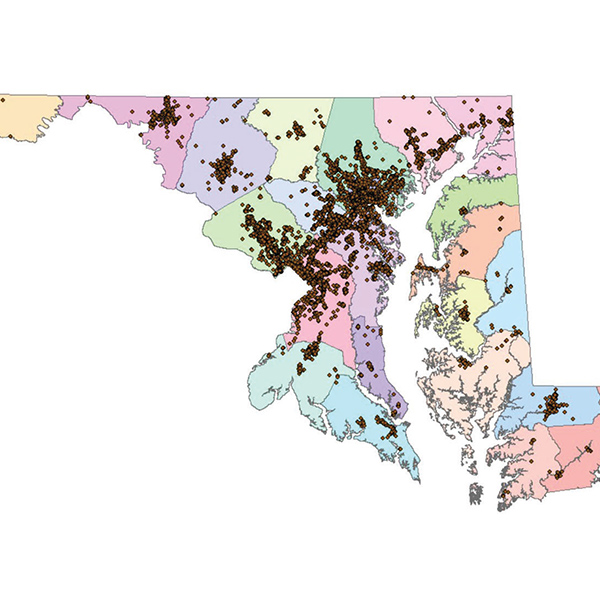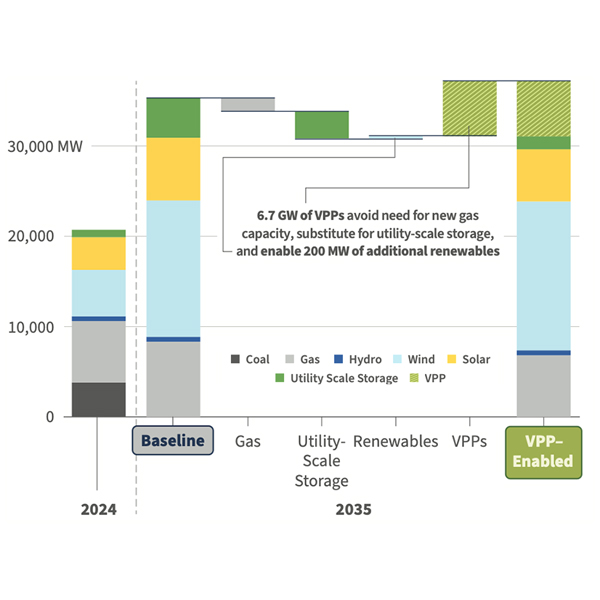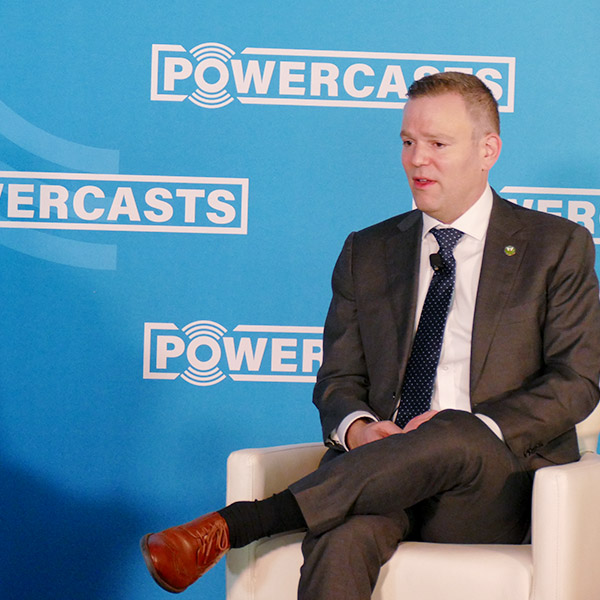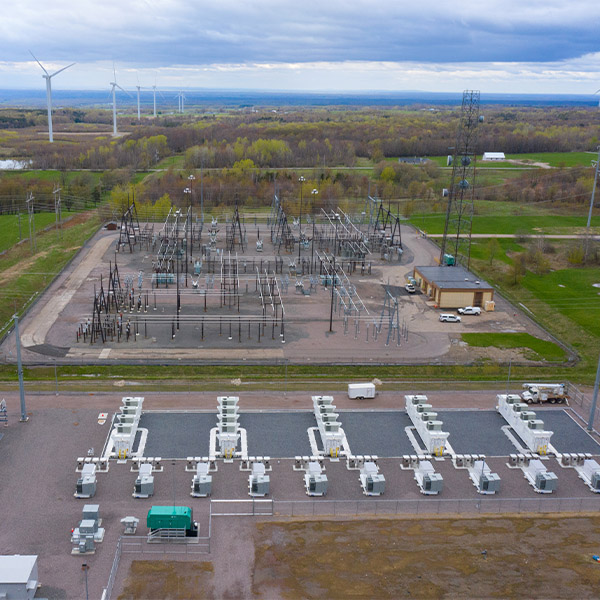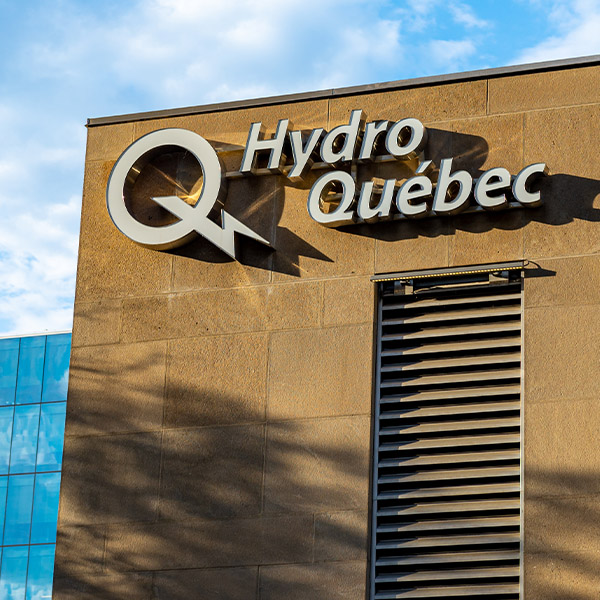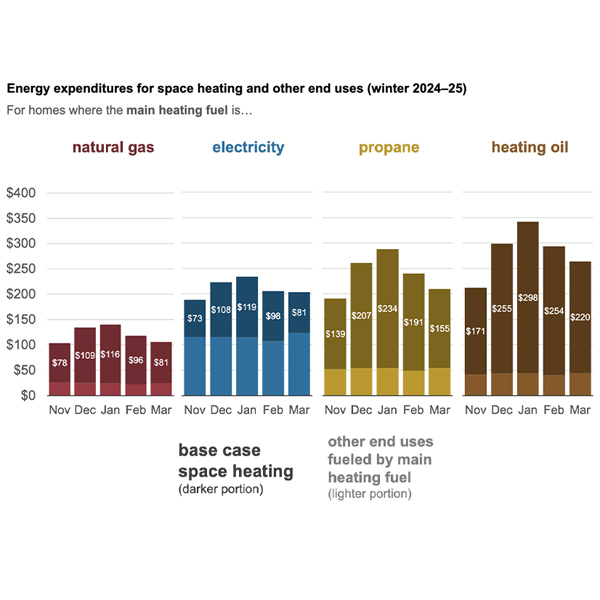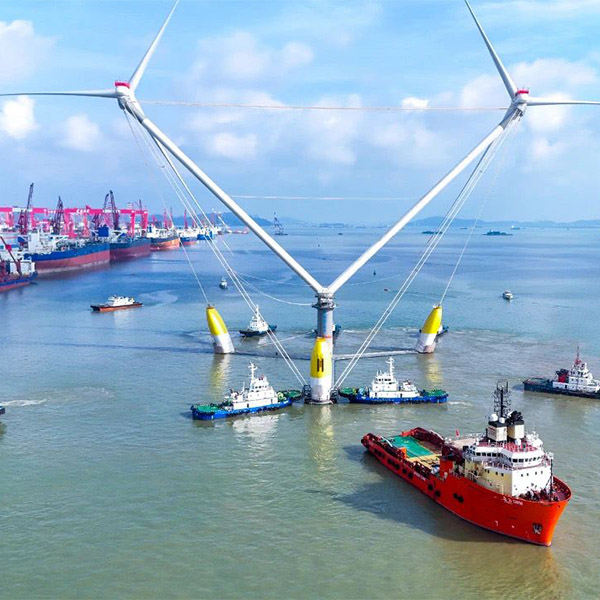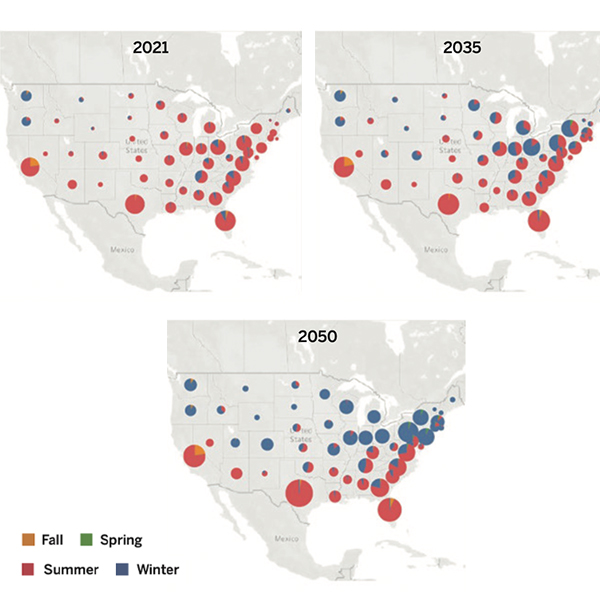NetZero Insider
Agriculture & Land UseBuilding DecarbonizationCookingEnergy EfficiencySpace HeatingWater HeatingCommentary & Special ReportsConference coverageCompany NewsEquity & EconomicsEmployment & Economic ImpactEnvironmental & Social JusticeFederal PolicyCongressDepartment of EnergyLoan Programs Office (LPO)Department of TransportationEnvironmental Protection AgencyFederal Energy Regulatory CommissionGeneral Services Administration (GSA)Interior DepartmentBureau of Land ManagementBureau of Ocean Energy ManagementNuclear Regulatory CommissionTreasury DepartmentWhite HouseGeneration & FuelsBioenergyFossil FuelsCoalNatural GasGeothermalHydrogenNuclearSMRRenewable PowerCommunity solarHydropowerOffshore Wind PowerOnshore Wind PowerSolar PowerRooftop solarUtility scale solarImpact & AdaptationIndustrial DecarbonizationState and Local PolicyAlabamaArizonaCaliforniaCA LegislationCalifornia Air Resources Board (CARB)California Energy Commission (CEC)California Public Utilities Commission (CPUC)ColoradoConnecticutDelawareDistrict of ColumbiaFloridaGeorgiaHawaiiIdahoIllinoisIndianaKentuckyLouisianaMaineMarylandMassachusettsMichiganMinnesotaMississippiMissouriMontanaNevadaNew HampshireNew JerseyNew MexicoNew YorkNYSERDAPublic Service CommissionNorth CarolinaNorth DakotaOhioOregonPennsylvaniaRhode IslandSouth CarolinaTennesseeTexasUtahVermontVirginiaWashingtonWest VirginiaWisconsinWyomingTechnologyCarbon CaptureTransmission & DistributionEnergy StorageMicrogridsTransportation DecarbonizationAirplane DecarbonizationEV chargersHeavy-duty vehiclesBattery Electric Buses (BEB)Fuel Cell Electric Buses (FCEB)Light-duty vehiclesBattery Electric VehiclesFuel Cell VehiclesPlug-in hybrid electric vehiclesShip electrificationClean Ports
Proposed regulations to create a benchmarking system and strict carbon emissions levels from buildings of more than 35,000 square feet in Maryland face tough criticism from real estate interests.
Virtual power plants can help the power grid deal with some of its most pressing issues, such as meeting rising demand and helping to integrate more renewables affordably.
FERC Commissioner David Rosner told members of the American Clean Power Association that one of his main goals is to successfully manage the energy industry’s transition.
Debating the impact of FERC's Rule 1920, Abe Silverman of Johns Hopkins told states to "codify, codify, codify" their energy policy goals and policies to ensure PJM has to take them into account in compliance.
Advanced nuclear is gaining momentum as part of federal, state and corporate energy strategies, and a new report lays out many of the potential use cases.
NYPA issued a draft of its first Renewables Strategic Plan, which lays out 40 potential projects, 30 of which would be collaborations with private sector entities.
Unlocking the full potential of Quebec hydropower to balance renewables through the Northeast will require major efforts to overcome barriers to transmission planning, according to speakers at a webinar led by the Acadia Center.
While customers spend more on electric bills overall, the home heating portion of EIA’s electricity estimates is almost the same as those for natural gas.
The 5,500 GW of added capacity is enough to outpace the national goals of many countries but not quite enough to meet the target established at COP28: tripling the capacity by 2030.
The new report argues that discussions about building electrification largely leave out one key issue: how to prepare the grid for the higher demand and new consumption patterns associated with the shift.
Want more? Advanced Search
